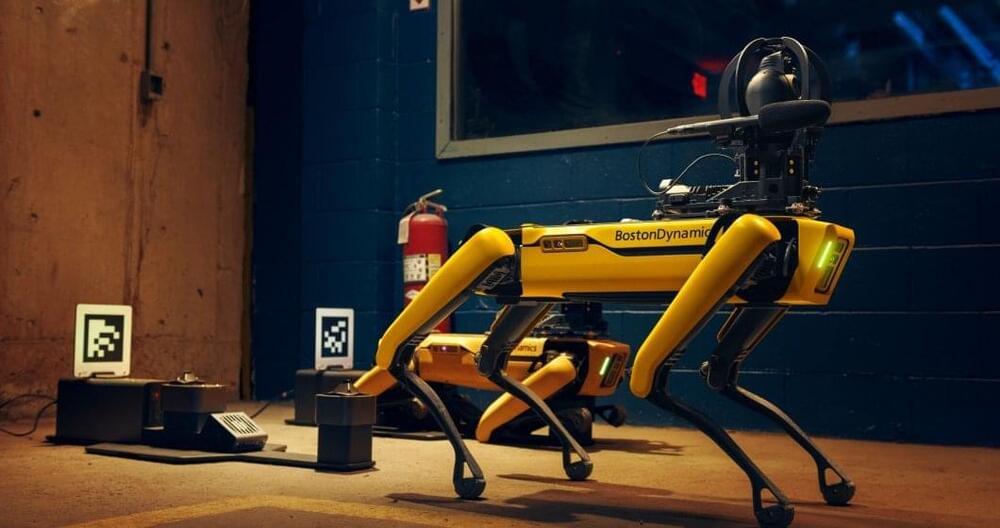Computational neuroscientists taught an artificial neural network to imitate a biological neuron. The result offers a new way to think about the complexity of single brain cells.



Some of the results are impressive! Others are not.
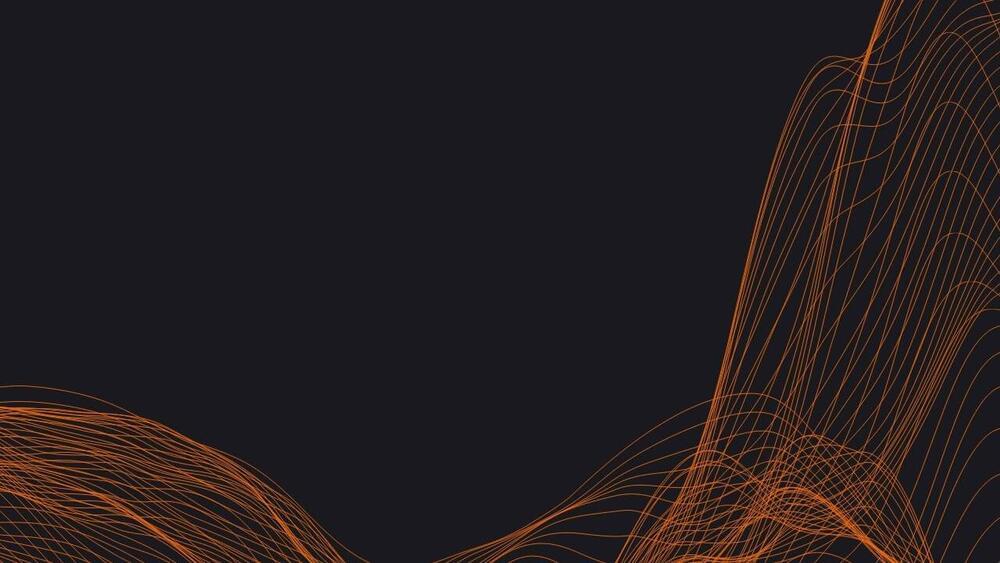
The US Navy’s (USN’s) new autonomous technologies strategy seeks to accelerate development and deployment of intelligent platforms, linked through a highly distributed command-and-control (C2) architecture, to provide the necessary combat hardware to enable the sea service’s Project Overmatch requirements.
The Intelligent Autonomous Systems (IAS) strategy, as per senior service leaders, will be a “confluence of autonomy with unmanned systems and artificial intelligence (AI)” – from technology development and acquisition management to system maturation and infrastructure support across the enterprise, according to the strategy.
“IAS has the potential to provide high-impact, transformative operational and administrative capabilities in peacetime and wartime. These strategic goals cultivate a continuous development and operationalisation process for evolutionary and disruptive IAS technologies and concepts,” the strategy stated. “They also drive the adoption of operational IAS-based capabilities to provide continuous, effective, and efficient support … across all phases of force development and force application,” it added.

Life is an integrated flow of quantum computational processes giving rise to our conscious experience. Based on the ontological model, the Cybernetic Theory of Mind by evolutionary cyberneticist Alex Vikoulov that he expands on in his magnum opus The Syntellect Hypothesis: Five Paradigms of the Mind’s Evolution, comes a new documentary ― Consciousness: Evolution of the Mind.
This film, hosted by the author of the book from which the narrative is derived, is now available for viewing on demand on Vimeo, Plex, Tubi, Social Club TV and other global networks with its worldwide premiere aired on June 8 2021. This is a futurist’s take on the nature of consciousness and reverse engineering of our thinking in order to implement it in cybernetics and AI systems.
Many definitions have been given to consciousness but we still don’t seem to have a widely accepted, uniform one. Part I, What is Consciousness? gives us the most comprehensive definition of consciousness, makes a clear distinction between ‘Mind’ and ‘Consciousness’, and sheds light on the fundamental physics of consciousness. Qualia, cognition and development of the human mind are addressed in this opening part of the documentary.
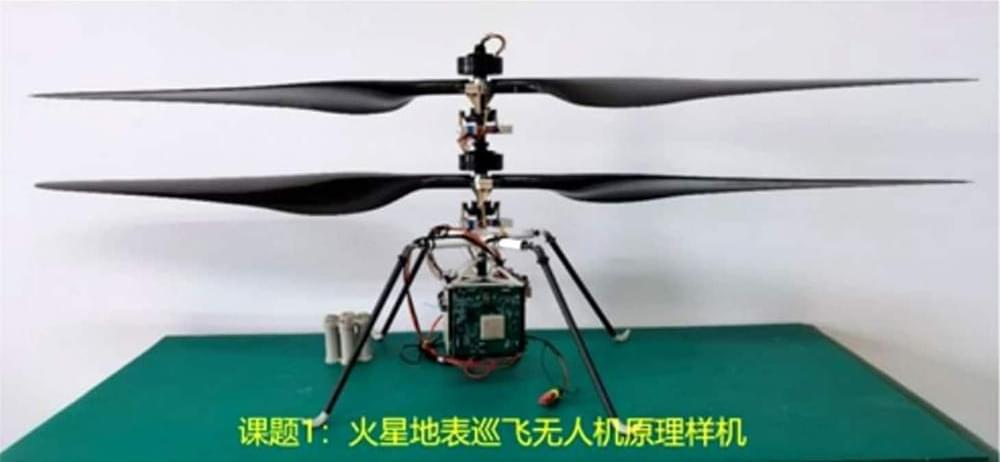
China has shown off the prototype of its “Mars cruise drone” designed for surveillance work on future Mars missions, following the historic landing of a robotic rover on the Red Planet a few months ago.
The prototype of the miniature helicopter successfully passed the final acceptance, China’s National Space Science Center (CNNSC) announced on Wednesday. In the images shared by the science center, the prototype looks similar in appearance to NASA’s Ingenuity helicopter, developed for its Perseverance mission this year.
The Chinese prototype sports two rotor blades, a sensor-and-camera base, and four thin legs, but there is no solar panel at the top like Ingenuity.
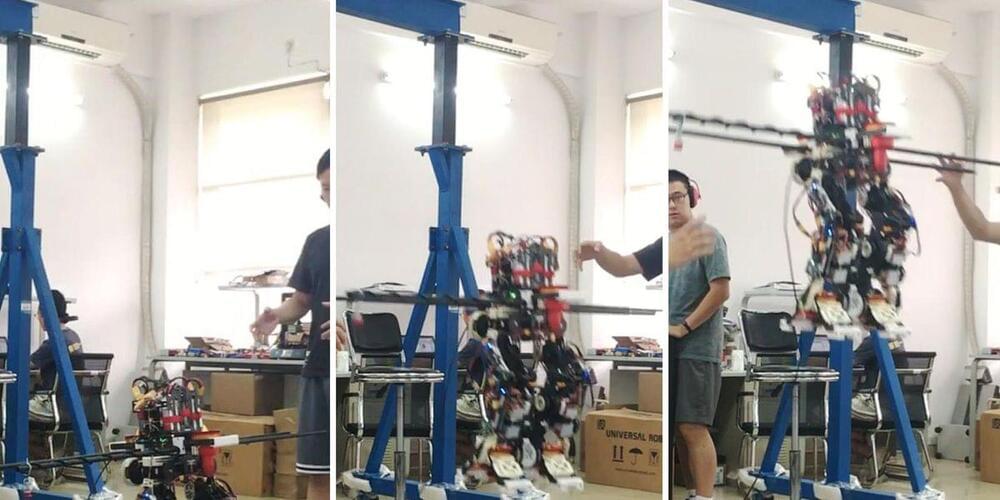

I actually like this program.
“It watches what you’ve done in the past, what you’ve gotten right, and what you’ve gotten wrong,” he explained. “And then it tries to give you things that are not too easy or not too hard, but are sort of what educational psychologists would say are in your ‘zone of proximal development.’”.
In the wake of a noted IPO, EdTech player Duolingo showed off AI-infused updates to its language lesson platform.

Autonomous vehicles need to operate in a complex environment, and recognizing traffic signs is an important part of that. A new microstructured material reflects light in rainbow rings, which can make traffic signs easier for computer vision systems to read.
Even outside of fully autonomous vehicles, traffic sign recognition has been part of driver assistance systems for over a decade. Normally the technology is based on recognizing colors or shapes of signs, but it doesn’t always get it right in the real world, where readability can be affected by lighting, weather, obstacles, damage, or something as simple as stickers on the sign.
So for the new study a team of researchers investigated a promising new material that could make the job easier. It’s a new form of retroreflective material, already commonly used to highlight signs and road markings by bouncing light from a vehicle’s headlights straight back at a driver. But rather than focus that light, the new material scatters it to create eye-catching patterns.
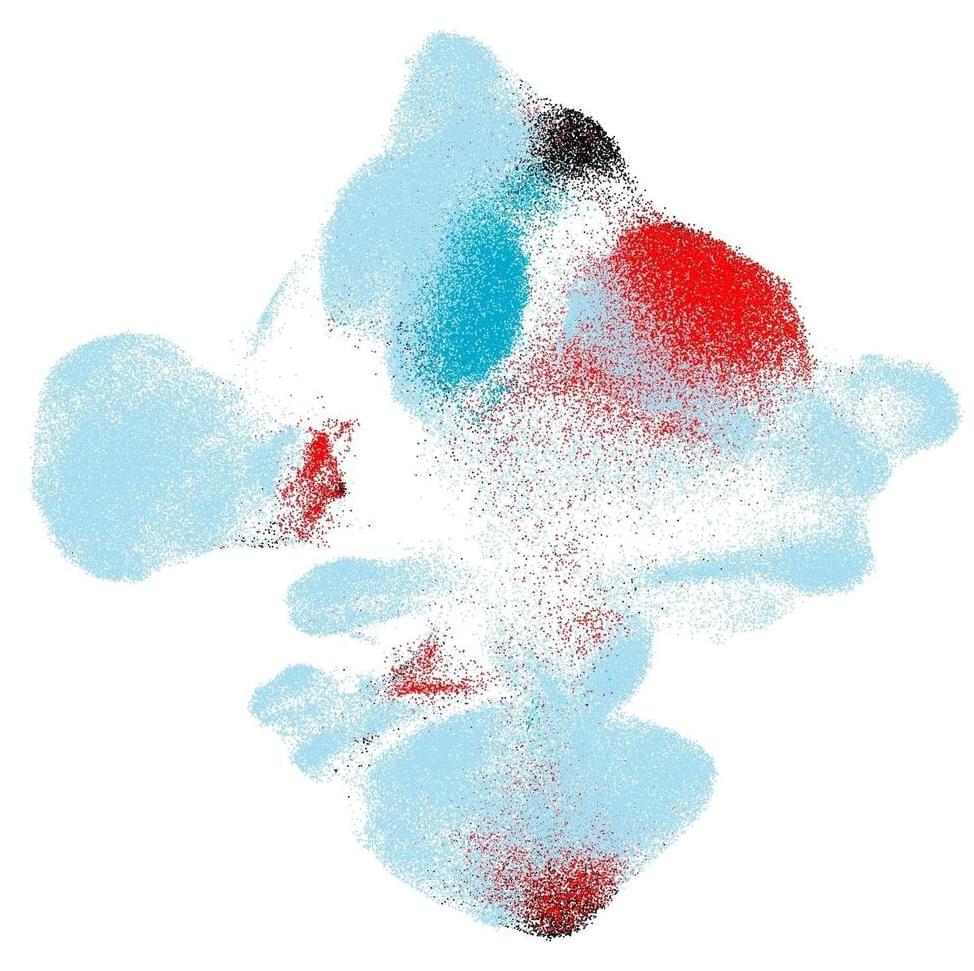
The Human Cell Atlas is the world’s largest, growing single-cell reference atlas. It contains references of millions of cells across tissues, organs and developmental stages. These references help physicians to understand the influences of aging, environment and disease on a cell—and ultimately diagnose and treat patients better. Yet, reference atlases do not come without challenges. Single-cell datasets may contain measurement errors (batch effect), the global availability of computational resources is limited and the sharing of raw data is often legally restricted.
Researchers from Helmholtz Zentrum München and the Technical University of Munich (TUM) developed a novel algorithm called “scArches,” short for single-cell architecture surgery. The biggest advantage: “Instead of sharing raw data between clinics or research centers, the algorithm uses transfer learning to compare new datasets from single-cell genomics with existing references and thus preserves privacy and anonymity. This also makes annotating and interpreting of new data sets very easy and democratizes the usage of single-cell reference atlases dramatically,” says Mohammad Lotfollahi, the leading scientist of the algorithm.
